A Guide to Understanding Print
A very brief ‘whistle stop’ guide to help EXPLAIN some of the terminology used in printing. Here's all the information we need when carrying out a print job for you
PRINTING Methods
Most commonly we print either Lithographic (Litho) or Digital.
Digital printing
- shorter print quantities
- involves printing a complete copy of a file at a time
- directly from file to machine
- quicker and less complex than Litho
Litho
- longer print quantities
- prints each required number of copies from a page separately, before the pages are collated together
- requires a plate
PAPER & PAGES
Paper is weighed in ‘gsm’ which is grams per square metre. The higher the number, the heavier the stock. Paper comes in uncoated (porous and allows ink to soak in) and coated (less porous and the ink sits on top of the paper). We print most brochures for our clients on ‘silk’ coated stock, which has a nicer feel than ‘gloss’ coated paper.
Usually stated as a number and ‘pp’ (printed page). A 2pp is whatever size document (e.g. A4, A5), printed both sides. A 4pp document is 4 sides of print, folded once. Think of pages as sides of paper. For brochures that are stitched (which actually means stapled), the total number of pages must be divisible by 4.
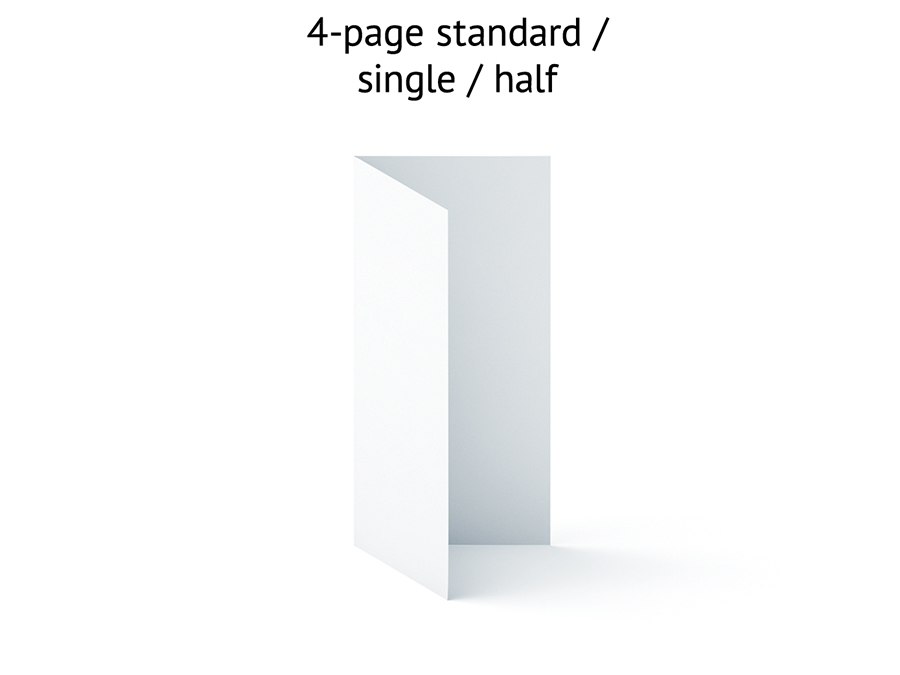
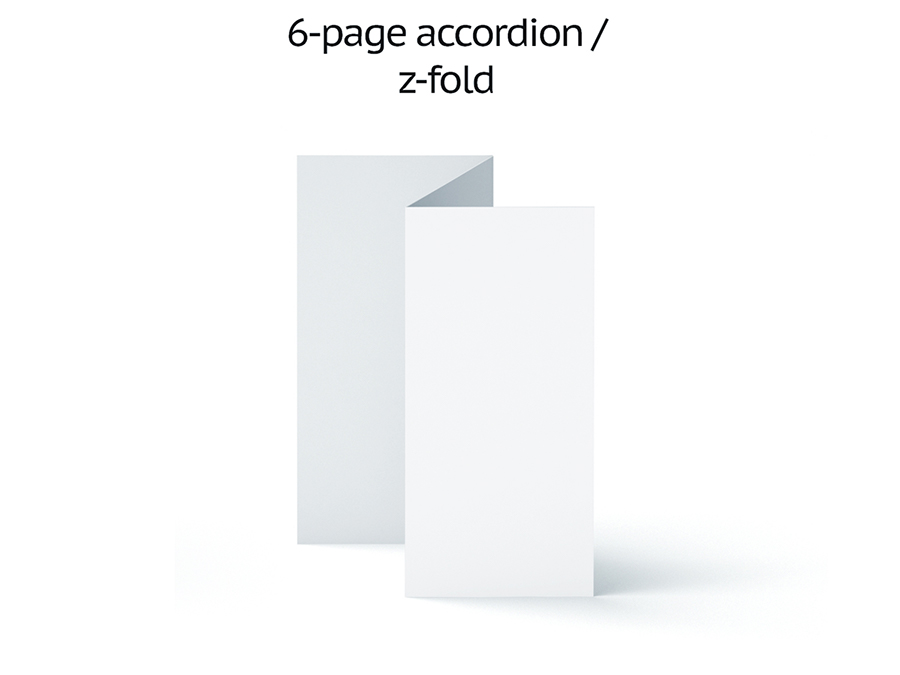
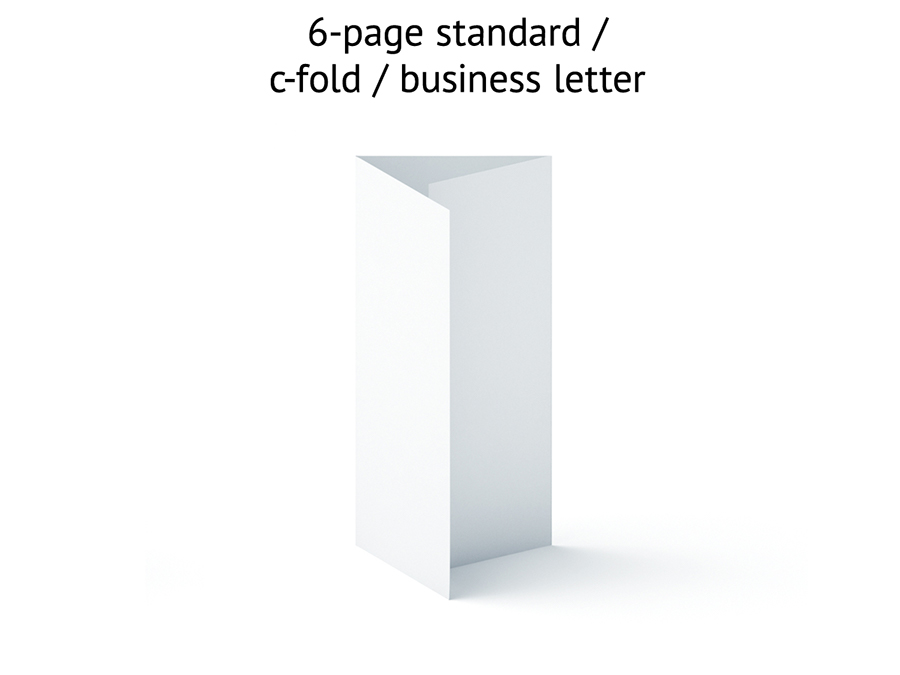
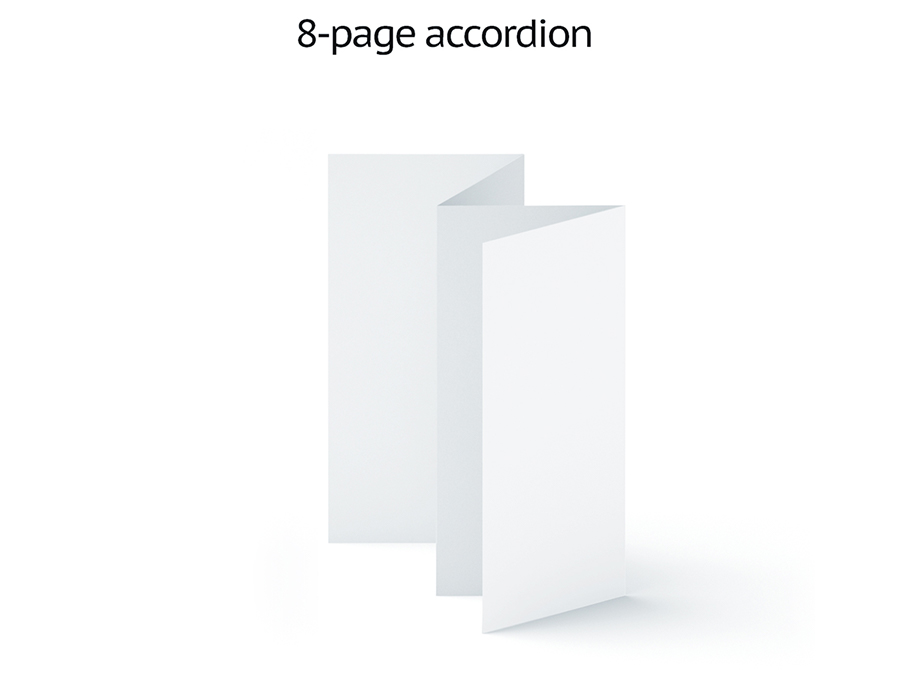
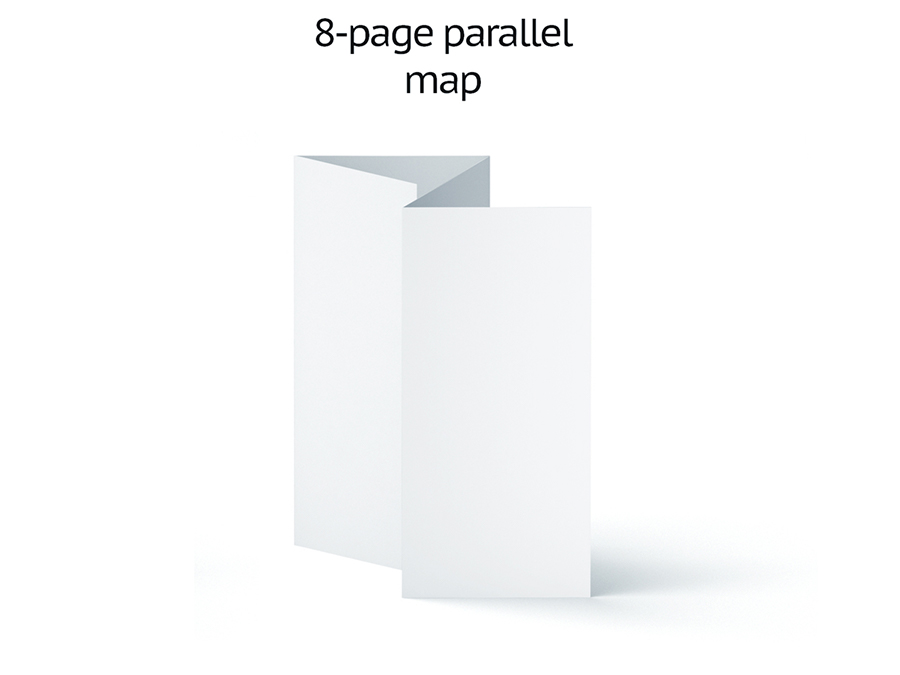
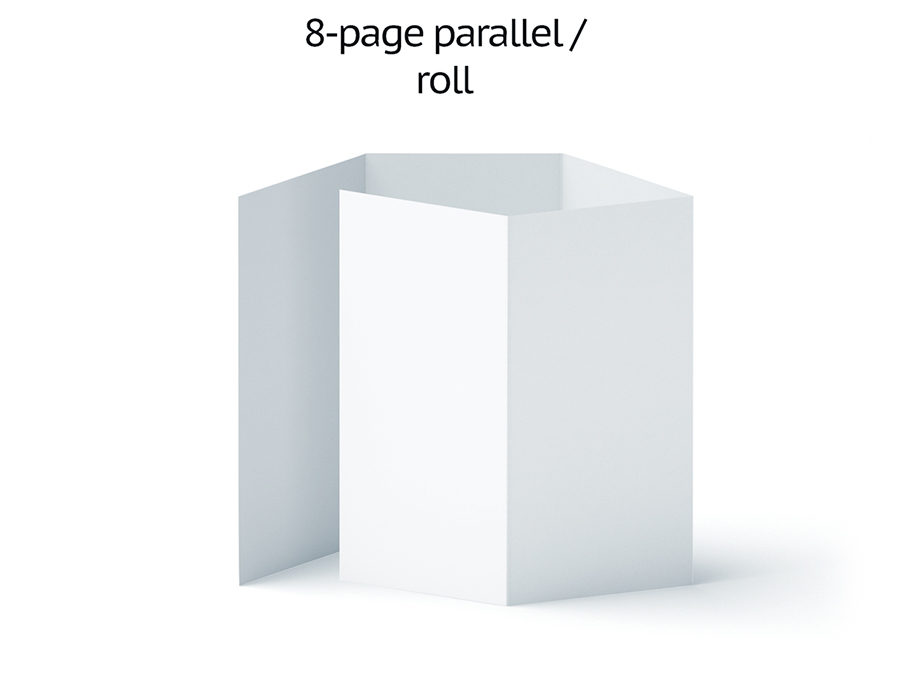
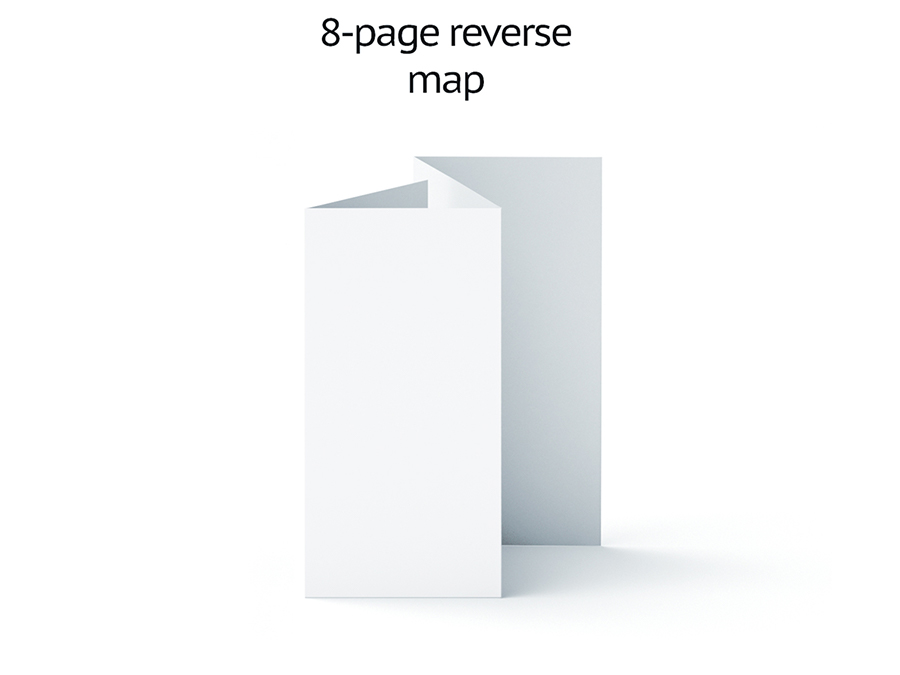
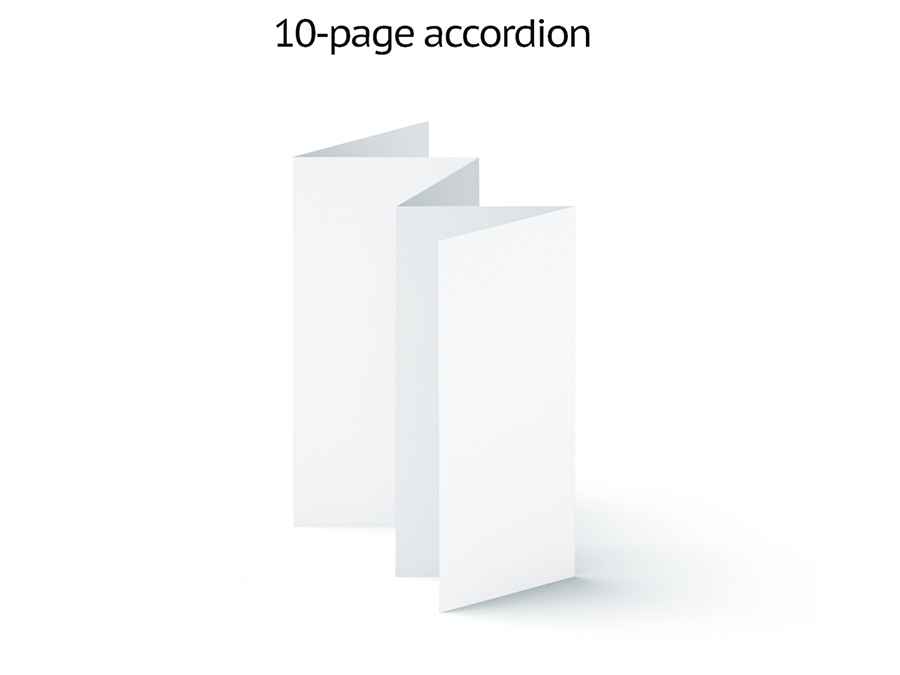
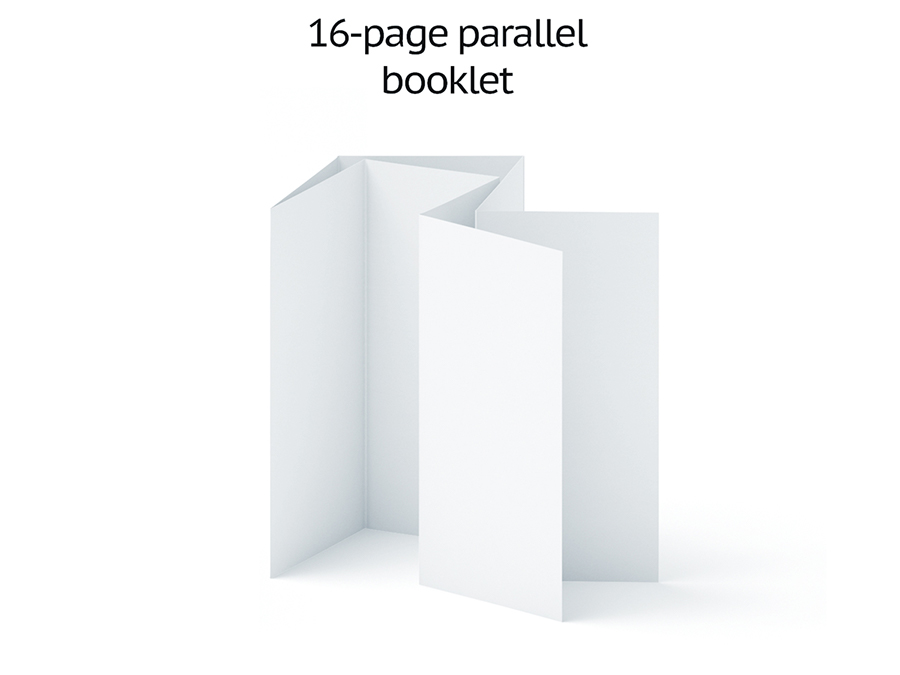
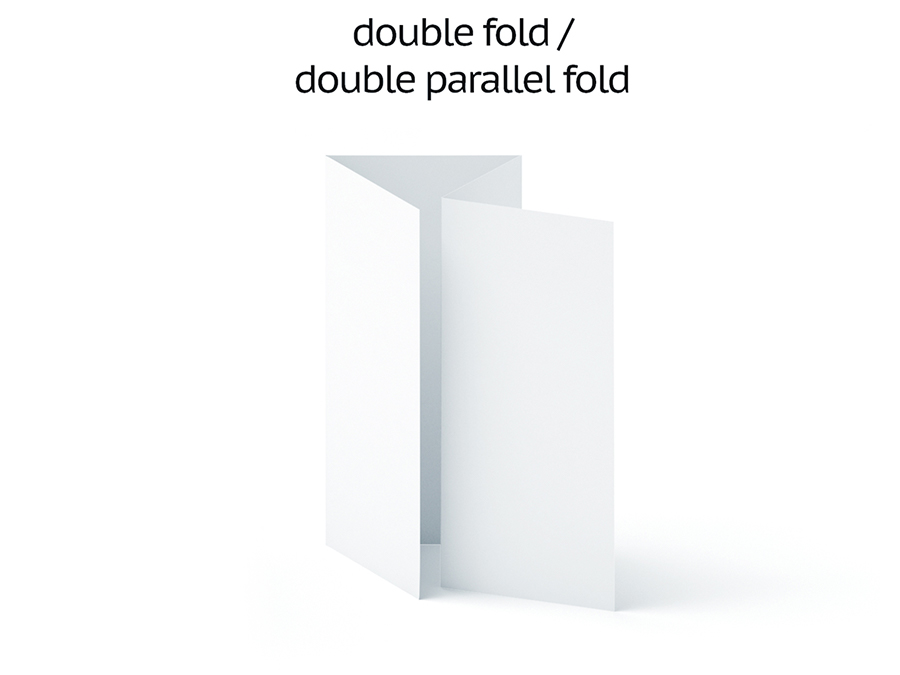
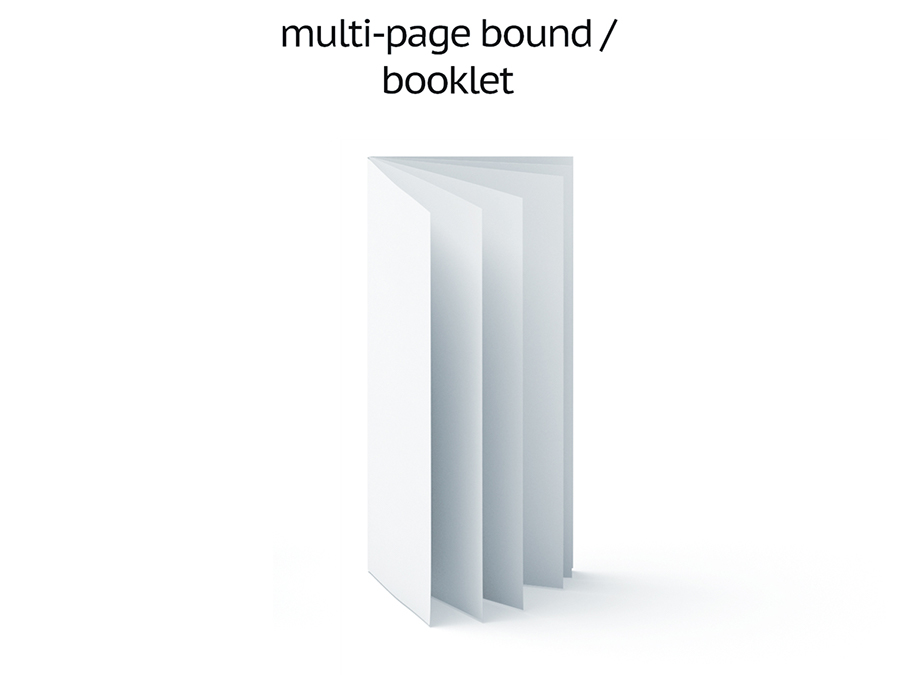
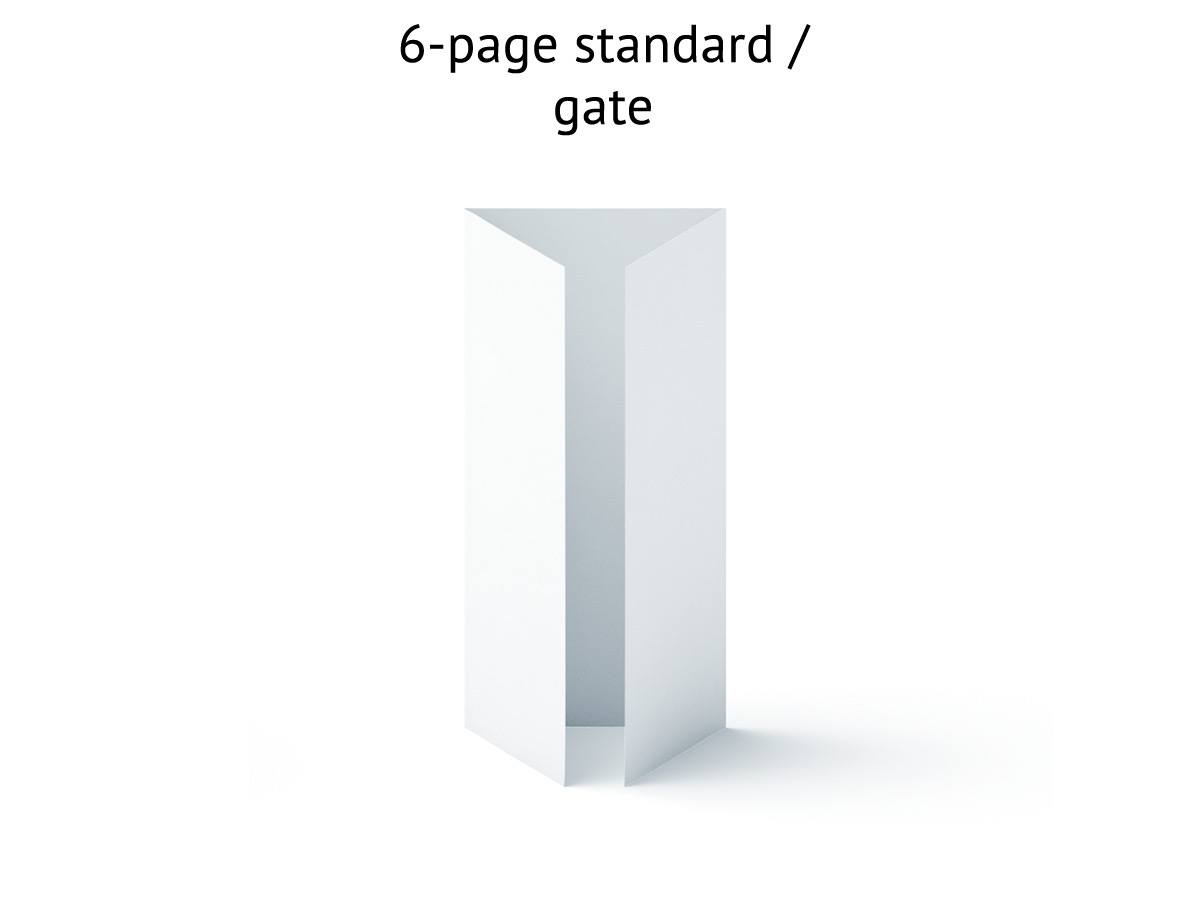
Folds
Printed pages can be folded in a variety of different ways to make a final brochure or leaflet. Depending on the content of your print and in which order you would like to present the information to the reader, some folds might be more suitable than others.
The main folds we use are concertina (zig zag), roll (folds in on itself), and gate fold (opens from the centre). These all open out into a single folded sheet rather than requiring multiple pages to be stitched together so tend to provide good value for client budgets.
Inks
Most commercial printing is CMYK - Cyan, Magenta, Yellow and Black (or four colour process). Simply put, a printed page will be made up of dots which are made up of percentages of those four colours, which the eye then sees as the colour.
Some colours such as oranges and darker blues cannot be accurately reproduced using this method. A ‘special’ colour must be printed, matched to Pantone reference. Special colours are predominantly used in Litho printing.
All artwork must be converted to CMYK – digital/web colours used on screen are made up of RGB (Red Green Blue) so there is a difference in the final colour.
Images
Images should be as high a resolution as possible for printing. Usually 300dpi (dots per inch) is the normal size. The higher the dot size, the better the resolution.
For larger format printing, we set at quarter size of the final size and use a 300dpi image, so the finished printed version will recreate at minimum of 75dpi which is acceptable for images on a pop-up display or exhibition stand.
Logos
Logos should be supplied as a hi-res jpeg, or preferably an eps (sometimes referred to as a vector). Images or logos taken from websites are not usually suitable for print as they are optimised for screen viewing and smaller resolutions.
Timescales
For our standard leaflet and brochures, a digital job will usually take 2-3 days. This allows leeway for problems or delivery delays. Litho print usually will take a week from final approval of artwork. These times may increase due to more complex finishing such as die cutting and specialist binding, or where an overnight delivery is required.
Still got questions? We're happy to talk this through in more detail - call us on 02072657890 or Tweet us @Lambinthecity






